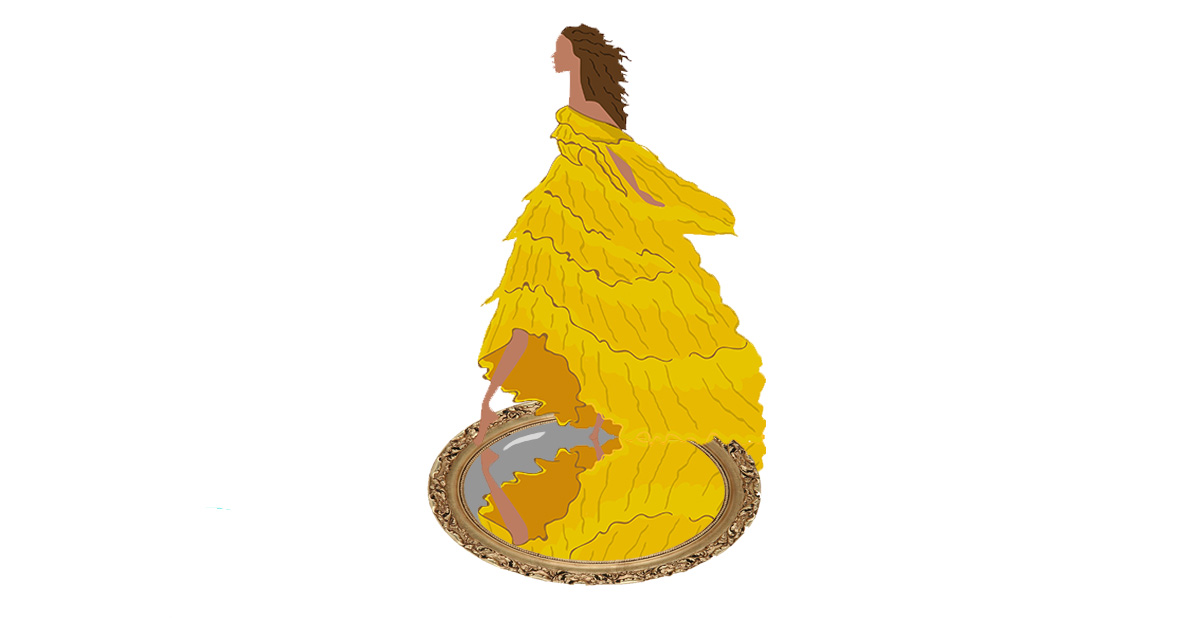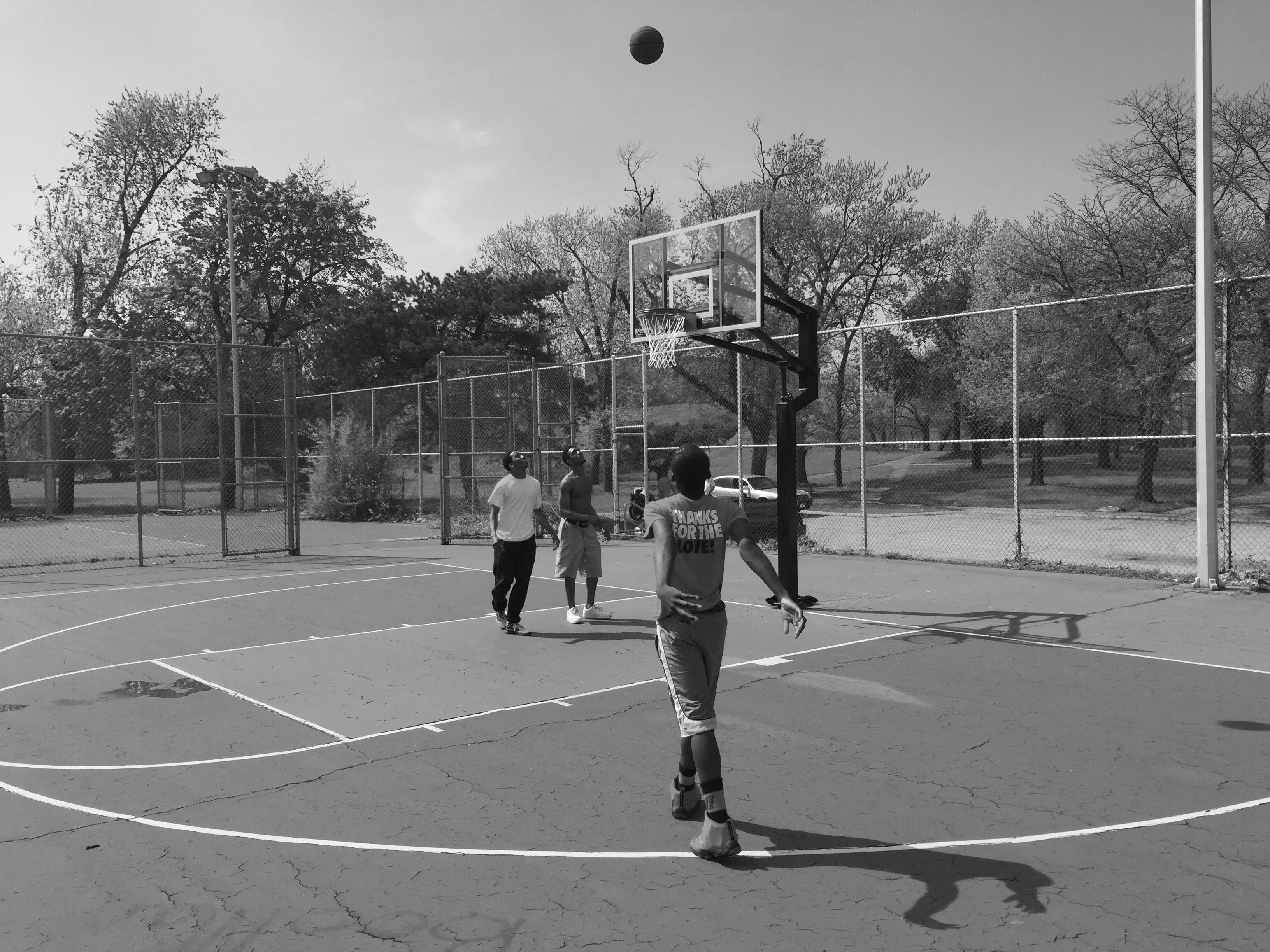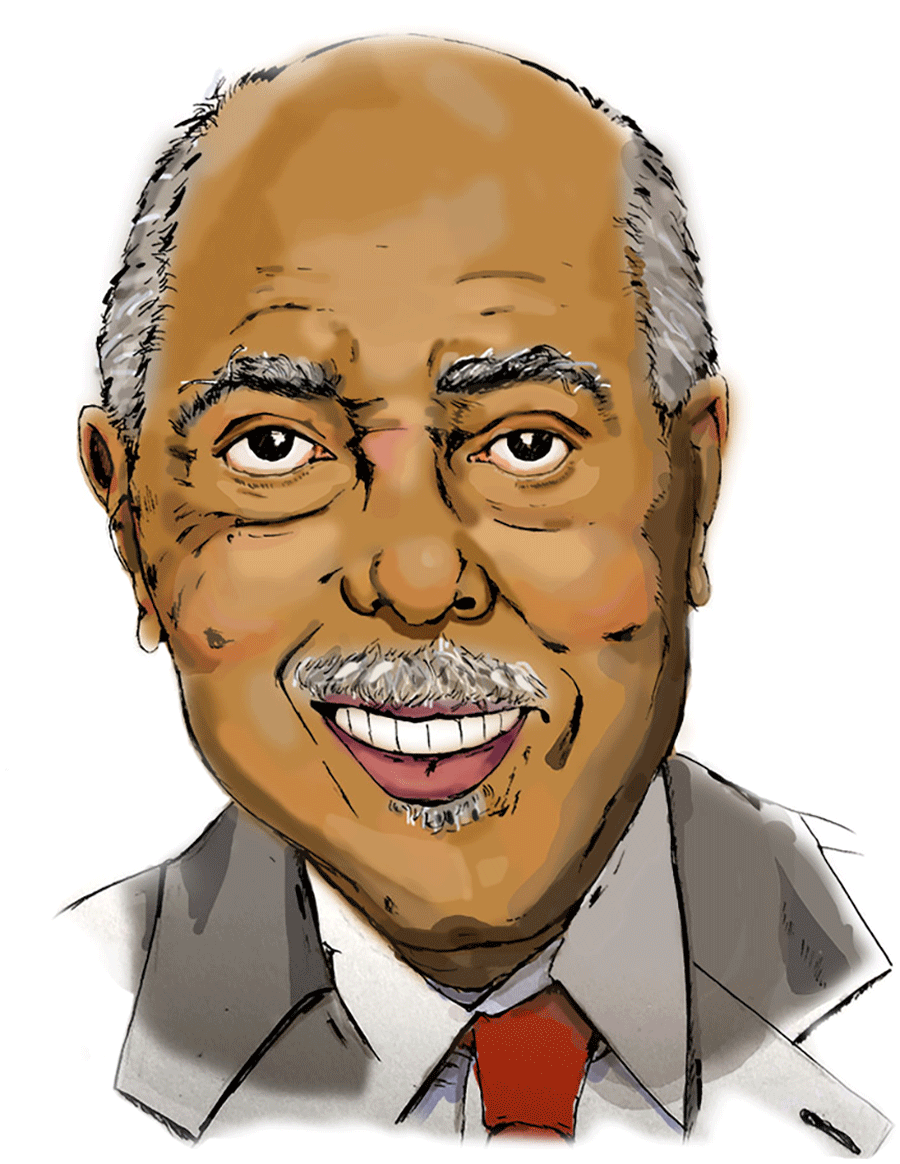
“Lemonade,” Beyoncé’s tour de force, dropped in the middle of the night on Saturday, April 23. Her second visual album is not merely a return to form, but a sumptuous feast for fans, feminists old and new, musicians, and artists. More importantly, the film is a celebration of women of color, so often scorned, abused and ignored.
The release of “Beyoncé” in December 2013 led many to believe that we were finally seeing the singer in her most authentic state. Fans had little to work with: the pseudo-documentary “Life Is But A Dream” revealed almost nothing about the singer’s inner workings, let alone her private life. Immaculate and demure in public, the singer rarely gives interviews. Her blog, intended to offer fans “the inside scoop,” is an infinite reel of meticulously-curated photographs of Beyoncé and her family in exotic locations, the most interesting of which includes a trip to sculptor Donald Judd’s minimalist oasis in Marfa, Texas.
In the infamous CC footage from an elevator at the Met Ball in 2014, the singer stoically removed the train of her gown from harm’s way, while Solange, her sister and fellow singer, took a swing and kicked at Jay-Z. Beyoncé’s muted response to this debacle led some fans to speculate whether the singer might be, in fact, a robot.
However, Beyoncé’s tight control over her image in the media serves multiple functions. Her immense wealth, alongside her role in major record companies Columbia and Sony BMG, has allowed the singer to control the representation of her own image in unprecedented ways, and has largely protected her from the historical misappropriation of the black female celebrity that has exploited the sexuality and identity of performers. This extreme act of self-preservation has led Beyoncé’s critics to wonder about her political alignment, and further, her collusions with white hegemonic beauty standards with reference to her blonde hair, which has become a quintessential part of her look.
“Sorry,” a haunting song of infidelity, spurred rife speculations regarding the identity of “Becky with the good hair.” The lyrics seem to confirm that “Becky,” a disparaging term for an unsophisticated white girl, had an affair with Jay-Z — an unprecedented exposé from the singer. “Lemonade” throws Beyoncé’s tightly-wound respectability out the window with such force, it is a wonder how she has kept it all in this long. Like any successful brand, the Beyoncé we once knew was safe, predictable, and profitable.
In a truthful twist, it is exactly Beyoncé’s current unpredictable nature that makes her so vibrant and compelling. As seen in Mariah Carey’s “The Evolution of Mimi” and Rihanna’s “Good Girl Gone Bad” the sexual awakening and “coming of age” of the female pop artist has become a trope. Remembering Sasha Fierce, an abandoned alter ego, one could say Beyoncé has been seeking an opportunity to transgress from respectability for some time; as an album, “Beyoncé” allowed the artist to explore independence, sexuality, and motherhood in one breath.
However, unlike “Beyoncé,” “Lemonade” is not pop feminism, but a cold, hard stare into a history of violence, both personal and historical. A reflective look at Beyoncé’s discography reveals a trial-and-error preparation for “Lemonade.” The Southern plantation backdrop of “Déjà vu” from the album “B’Day” is rendered uncritical by its glossy, high-pop finish. Her lacy, high-necked Victorian ensemble reads more like a game of masquerade than a comment on the South’s legacy of ownership.
These early attempts to synthesize pop and history find their nexus in “Lemonade.” Drawing inspiration from the pioneering film “Daughters of the Dust” directed by Julie Dash, Beyoncé’s aesthetic and thematic vision finds a more cohesive home in the filmic, outside the reductionist trappings of the commercial music video. The Southern girl hinted at in the videos for “Déjà vu” and “No Angel” reappears in full color throughout “Lemonade.” The plantation, a site of pain and a foreign, oppressive culture, returns to center. This time, black women preside over the land, bringing to mind echoes of Kara Walker, and the reclaimed colonial attire of Yinka Shonibare.
In this historical reflection, it makes sense that African culture is re-inscribed into the aesthetic feel of “Lemonade.” Working with young contemporary African artists legitimizes the grand scope of Beyoncé’s artistic endeavor. Her return to the plantation is bittersweet. The inclusion of Warsan Shire, a Somali-British poet, and the Cuban-Nigerian twin duo better known as Ibeyi, among others, are both pivotal. Their collective presence denotes a desire to mend the African cultural estrangement enacted by slavery, and whilst simultaneously acknowledging the struggles of the African diaspora across the globe. This is a welcome change when, far too often, mere evocations of Africa and African arts stand in place for African artists themselves, perpetuating misconceptions about the continent.
It is Beyonce’s aforementioned meticulous artistic direction over her aesthetic, sound and production, that provides a space for other artists — most notably from Africa — to showcase their work. Dubious questions regarding Beyoncé’s long list of collaborators smack of an attitude that suggests that the pyramids were built by aliens, and upholds the myth of the single-genius author.
Shire, the poet behind much of the narration throughout “Lemonade,” offers viewers and listeners a raw and sensitive commentary of longing and loss. In “Sorry” Nigerian artist Laolu Senbanjo plays an instrumental role, his body paint giving a chilling gravitas to the scene. For “Formation,” Beyoncé reached out to Ivorian designer Loza Maléombho to design outfits for a segment of the video, after seeing her work on Instagram.
Beyoncé’s patronage of African talent reaches further back than both “Lemonade” and “Beyoncé.” Discerning eyes will have noticed the distinctive style of pantsula, a dance style commonly associated with the South African music genre kwaito, in the video for “Who Runs the World (Girls)” of 2011. Beyoncé hired Mozambican dancers Mario Bruce and Xavier Campione, together known as W-tofo, to teach pantsula to her troupe after seeing them dance in a wedding video on YouTube.
Every track, indeed, every scene of “Lemonade” begs unpacking. Like Beyoncé’s carefully constructed image, nothing is incidental. The distinction between art and pop is so seamless, a discussion of high and low art would be condescending. “Lemonade” is art — and don’t let anyone tell you otherwise. “Hold Up,” which at first sight sent all the ladies writhing with glee, is a walking, singing, bat wielding art historical reference to Swiss artist Pipilotti Rist’s “Ever Is Over All” from 1997, and Beyoncé’s antics in that ravishing yellow dress has led some to draw connections to the Nigerian goddess Oshun.
The “art turn” in mainstream hip hop and R’n’B has been a long time coming, to various degrees of success. Japanese artist Takashi Murakami designed the album art for Kanye West’s “Graduation” in 2007, and Kanye has also been in a long-term collaboration with performance artist Vanessa Beecroft. West and Beecroft worked together on the short film for “My Dark Twisted Fantasy,” and most recently, West’s Adidas fashion shows. In 2013, Jay-Z and Marina Abramovic performed “Picasso Baby” at Pace Gallery in New York for six hours straight to a wooden audience (save for a few bobbing heads), and Drake’s 2015 hit “Hotline Bling” saw the rapper dad dance to viral amusement in a series of neon rooms in the vein of James Turrell, who, while flattered, denied any official association.
Over the course of her career, Beyoncé has made it her business to support young artists in the midst of her own self-discovery. As genres of cultural production continue to blur, the singer has utilized her vast resources to draw from these pools, culminating in the grand works of “Beyoncé” and “Lemonade.” As a friend noted, we are witnessing Beyoncé’s creative and intellectual maturation. Selfishly, we can only hope she continues to make art about it.







